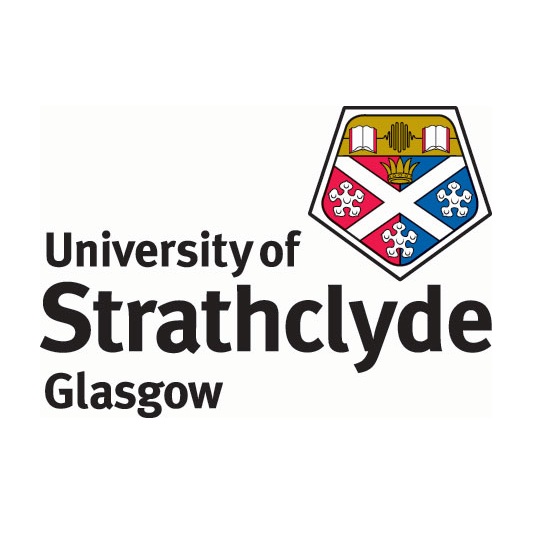Bibliography
1. BSRIA Limited (2009) “Soft Landings framework Published” Available Here 2.Education Business (2011) “Soft Landings – An Education” Available Here 3. Hampshire County Council (2012) “Portfolio and Asset Optimisation: Soft landings” Available Here 4. Higher Education Funding Council for England (HEFCE) (2006) “Guide to Post Occupancy Evaluation” Available Here 5. Scottish Funding Council (2007) “Capital projects: Post-Occupancy Evaluation Guidance” Available Here 6. Usable Building Trust (UBT) (2009) “The Soft Landing framework”. Available Here 7. Usable Building Trust (UBT) (2010) “Soft Landings for Schools – Technical Report on Case Studies”. Available Here 8. Willmott Dixon Group (2010) “Briefing Note 9 - Soft Landings” Available Here 9.Attia,S. Hensen, J.L.M. Beltrán, L. De Herde, A. (2012) "Selection Criteria for Building Performance Simulation Tools: Contrasting Architects and Engineers' Needs" Journal of Building Performance Simulation 5(3):155-169 10. Baetens, R. and Saelens, D. (2011) “Integrating occupant behaviour in the simulation of coupled electric and thermal systems in buildings” Proceedings 8th Modelica Conference, Dresden, Germany, March 20-22, 2011 11. Bazjanac, V. (2004) “Building Energy Performance Simulation as Part of Interoperable Software Environments.” Energy and Buildings 39 (8): 879–883. Available Here 12. Hensen, J. (2004) “Simulation for performance based building and systems design: some issues and solution directions” 6th Conference on Design and Decision Support System in Architecture and Urban Planning (2002) 186-199 2004. Available Here 13. Liao, C. and Barooah, P. (2010) “An Integrated Approach to Occupancy Modelling and Estimation in Commercial Buildings” Proceedings of American Control Conference (ACC), June 30 2010-July 2 2010 pp. 3130-3135 14. Liao, C., Lin, Y. and Barooah, P. (2010) “Agent-Based and Graphical Modelling of Building Occupancy” Journal of Building Performance Simulation 5(1) 5-25 15. Maile, T., Fischer, M. and Bazjanac, V. (2010) “A Method to Compare Measured and Simulated Data to Assess Building Energy Performance” CIFE Working Paper no WP127, Stanford University, California. Available Here 16. Pan, Y., Zuo, M, and Wu, G. (2009) “Whole Building Energy Simulation and Energy Saving Potential Analysis of A Large Public Building” Eleventh International IBPSA Conference Glasgow, Scotland July 27-30, 2009 17. Robinson, D., Wilke, U. and Haldi, F. (2011) “Multi Agent Simulation of Occupants’ Presence and Behaviour” Proceedings of 12th Conference of International Building Performance Simulation Association, Sydney, 14-16 November. 18. Salsbury, T. and Diamond, R. (2000) “Performance Validation and Energy Analysis of HVAC Systems using Simulation” Energy and Buildings 32(1): 5-17 Available Here 19. Schumann , A., Hayes, J., Pompey, P. and Verscheure, O. (2011) “Adaptable Fault Identification for Smart Buildings” Proceedings of 25th AAAI Conference on Artificial Intelligence, North America, August 2011. Available Here 20. Summerfield, A. J., Lowe, R. J. and Oreszczyn, T. (2011) “How Useful are Building Energy Models for Policy? A UK Perspective” Proceedings of 12th Conference of International Building Performance Simulation Association, Sydney, 14-16 November 2011.

